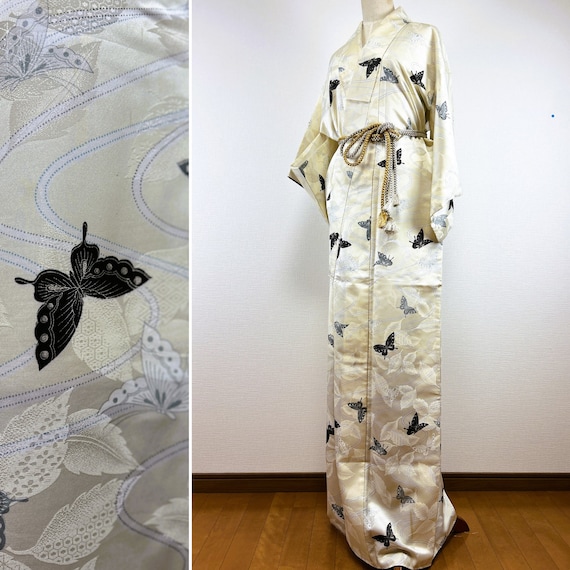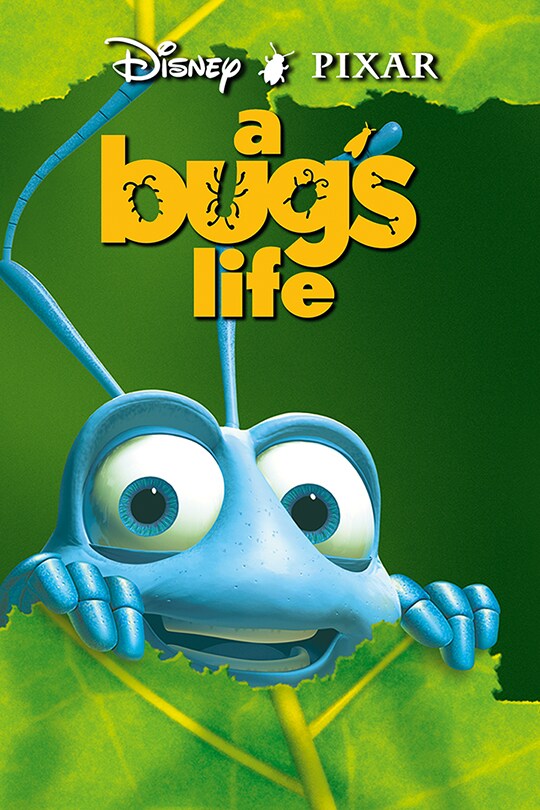The Role of Insects in Human Culture
The Role of Insects in Human Culture
Aside from insects being prominent in the economic world and ecosystem, insects can be found everywhere within human cultures. There are movies about bugs, children's books, activities and sports, clothing, and even historic paintings have insects. Even the way we think and perceive nature and wildlife is influenced by insects. They are everywhere. For example, if you were to buy a generic kids coloring book, chances are you'll see a mosaic butterfly for one of the pages. Some cultures worship insects and play a large part in many religious aspects. Without insects, we would have a gaping hole left in cultures around the world.
 |
| Group of Butterflies (Kamor Lopez) |
Clothing
The first and foremost example of insects being found in culture is clothes. All over the world, insects can be found embroidered on clothes or even have costumes or accessories modeled after insects. A big example would be little kids dressing up as butterflies and bumblebees for Halloween, or butterfly kimonos found in Japanese anime.
Not to mention, silk comes from insects, which is highly valued in eastern countries such as South Korea and Japan. This is spoken about in an article written by Duffus; "For instance, in China, upper-class officials wore silk to distinguish themselves from the lower, cotton-wearing class, while in Korea it was illegal for people of low social status to wear silk" (Duffus et. al, 2021).
They also proceed to mention that silk gave way for embroidering and colorful and elaborate silk robes would be reserved for those of the highest of status. In America, butterflies and other colorful insects can be found on many pieces of clothing, and I can even spot someone wearing a butterfly shirt from the desk I write at.
 |
| Antique Japanese butterfly kimono (suekobo on Etsy) |
Insects in Media
Insects can be found in many forms of media. This ranges from a multitude of ways; books, movies, coloring books, social media, etc. An example would be the children's book The Very Hungry Caterpillar by Eric Carle. This was a personal favorite growing up, and many of my friends also enjoyed it. However, many misconceptions are made about insects across media.
Looking on common social media platforms such as TikTok or Instagram, it is easy to stumble upon a video talking about how heinous spiders are or how bee nests need to be destroyed, so they won't sting you. However, a lot of these are false or not entirely true. Many movies portray insects and arachnids in a negative light. A very famous movie can be noted; Arachnophobia. This movie made millions of dollars and was seen by people all over the world; even though there is no "killer spider" that crawls out of shower heads to eat you.
Insects can also be seen in positive lights, too; many superheroes are modeled after insects because of their unique metamorphosis, flight, and tough skin. Ant-man, black widow, and blue beetle are all common superheroes that take after bugs. "For example, ant-man has increased strength with a small body mass, and the ability to communicate and cooperate with others, helping reinforce positive stereotypes of his namesake insect" (Duffus et. al, 2021). Insects are also seen in songs, throughout titles, playlists, and lyrics. They represent many things, from revulsion and fear to beauty and complexity.
 |
| Disney Pixar's "A Bug's Life" |
Eating Insects
Additionally, insects are a common food item for many people. They are high in nutritional value, easily accessible, grow fast, and are found nearly everywhere. Crickets, mealworms, beetles, and termites are all commonly eaten insects. These are more common in tropical areas near the equator, where there are more insects and a larger variety.
In the United States, the concept of eating insects is less accepted; many feel disgust when looking at fly larvae or cicadas. As claimed by Kathleen Wilcox, a study done by YouGov showed that 18% of Americans would be willing to eat whole bugs, and 25% would be willing to eat food with insect ingredients. There is an exception, though. Many Americans eat honey, and it's unclear whether the majority know that honey is just food regurgitated by insects.
This is a sharp contrast for many cultures around the world, though. "Locusts (actually grasshoppers) are used by various African groups consistently as food. The locust individuals are gathered in the early day before they are active, then boiled before being cleaned and salted. Even the legs are used by grinding and combining them with peanut butter and salt" (Smithsonian). They also mention that Koreans, Australians, Mexicans, and Native Americans also practice eating insects.
 |
| Cricket dish (Proactive Pest Control) |
References:
“Insects for Dinner: Separating the Hope from the Hype | Ambrook Research.” Ambrook, 23 June 2023, https://ambrook.com/research/sustainability/edible-insects-sustainability-FAO-fickle-Americans.
Institution, Smithsonian. “Insects as Food for Humans.” Smithsonian Institution, https://www.si.edu/spotlight/buginfo/insects-food. Accessed 15 Apr. 2024.
Duffus, Natalie E., et al. “Insect Cultural Services: How Insects Have Changed Our Lives and How Can We Do Better for Them.” Insects, vol. 12, no. 5, May 2021, p. 377. www.mdpi.com, https://doi.org/10.3390/insects12050377.
Comments
Post a Comment